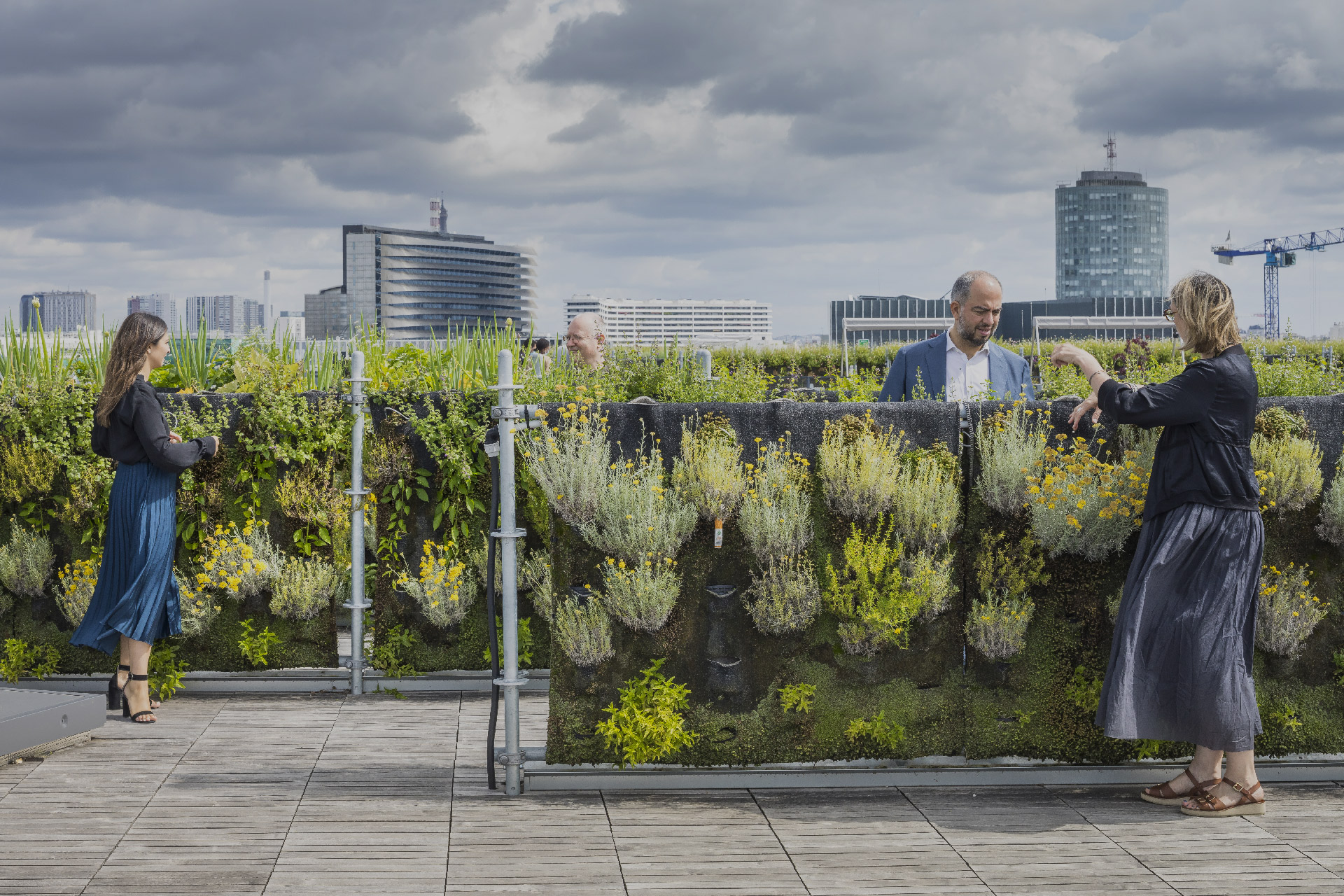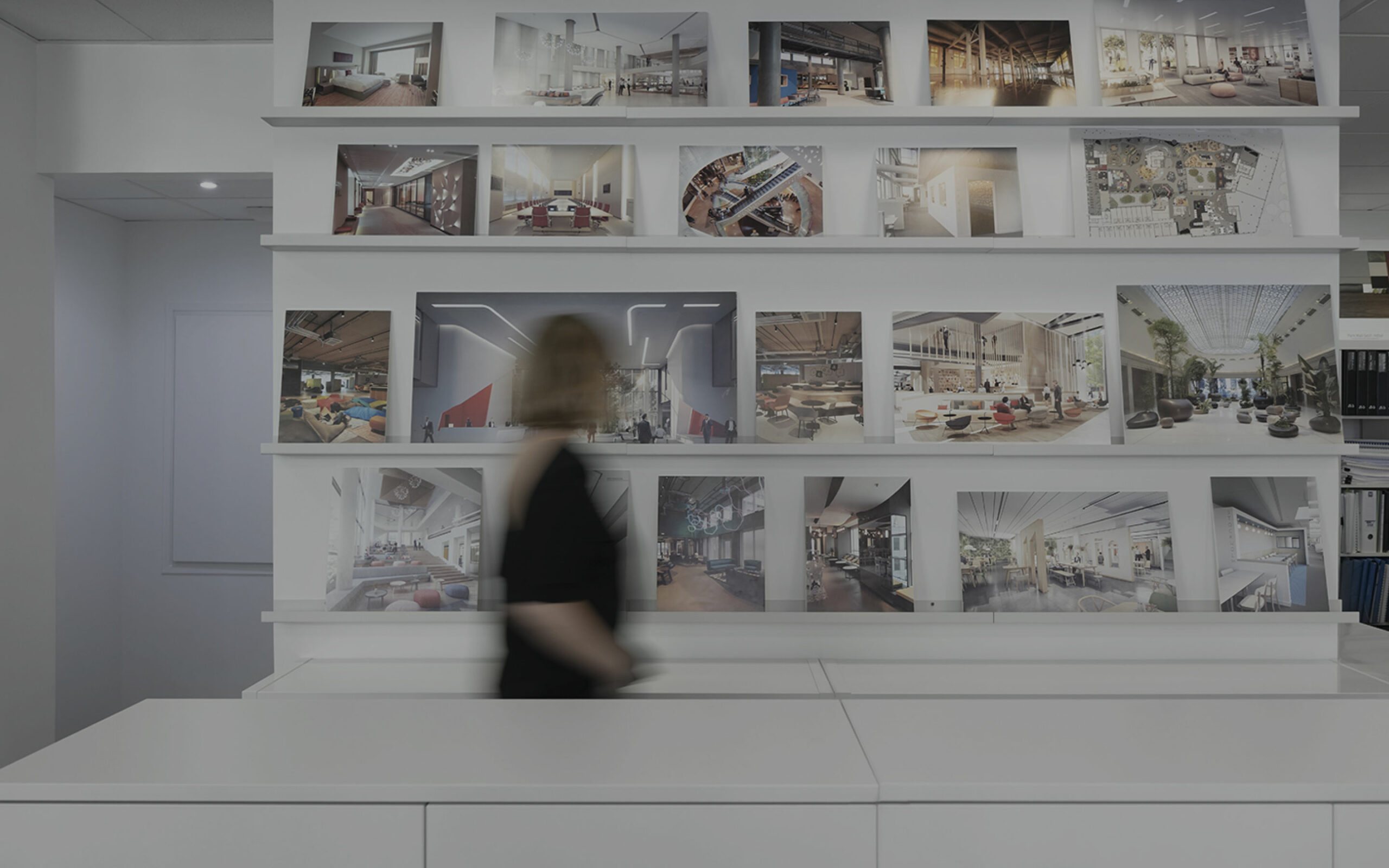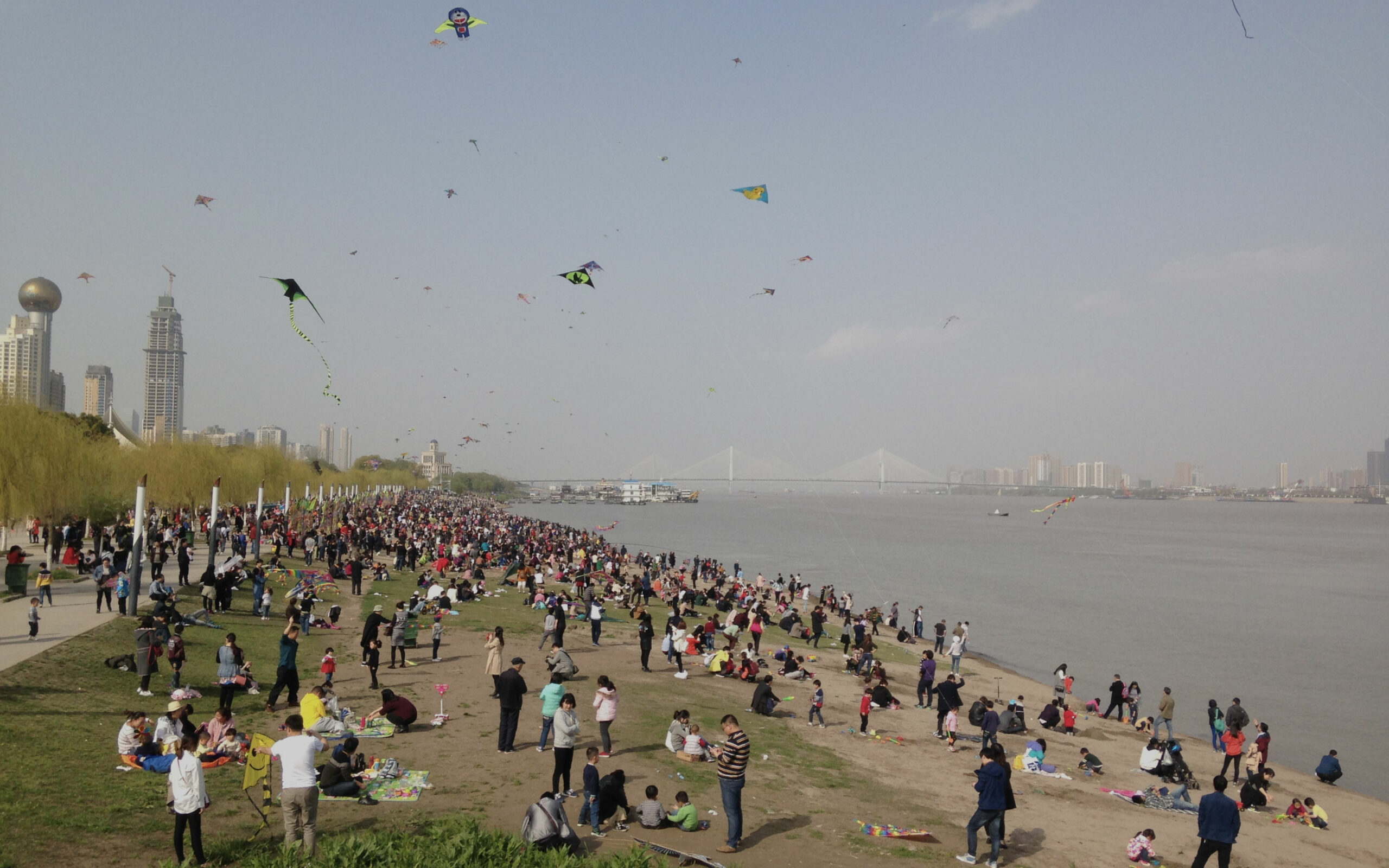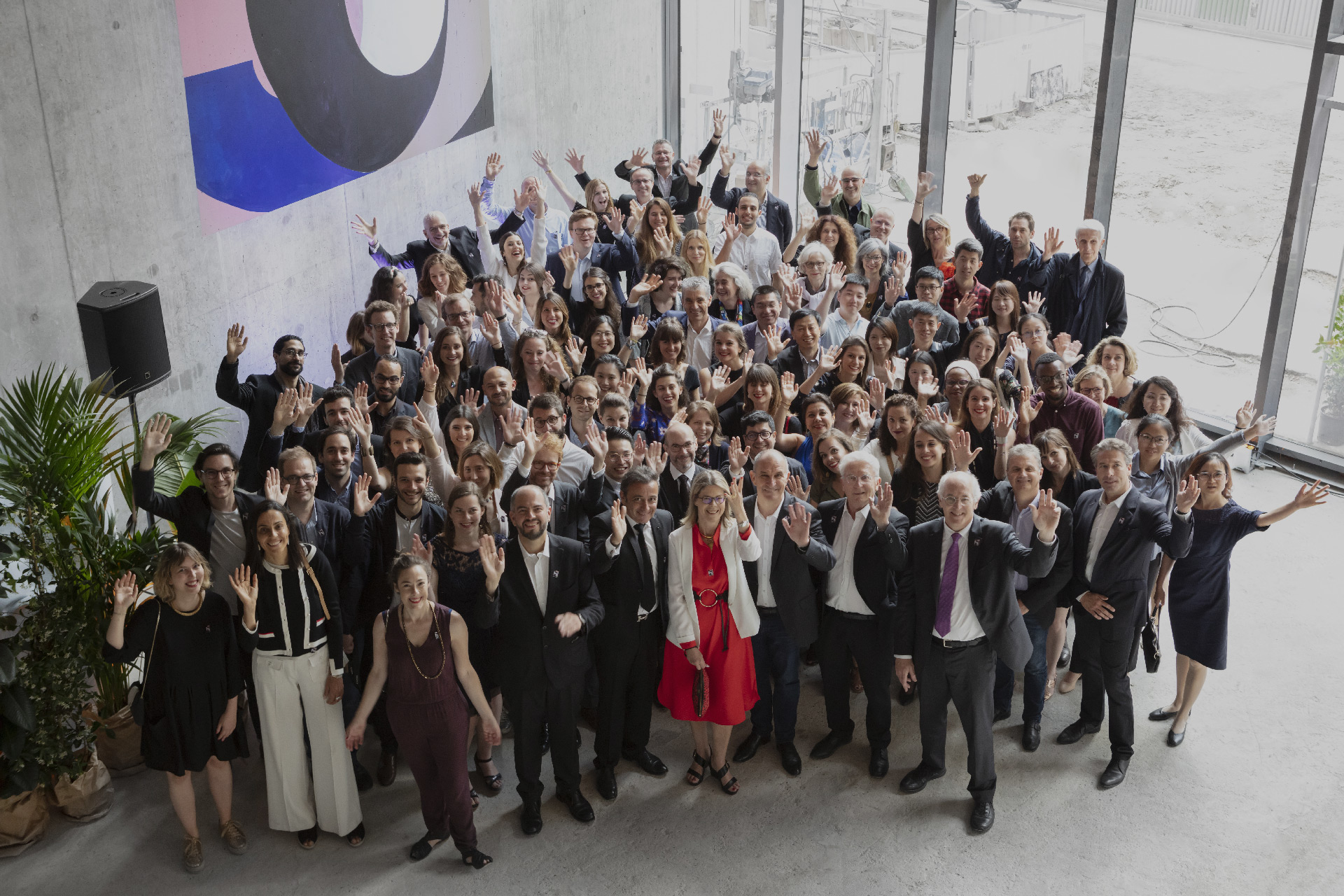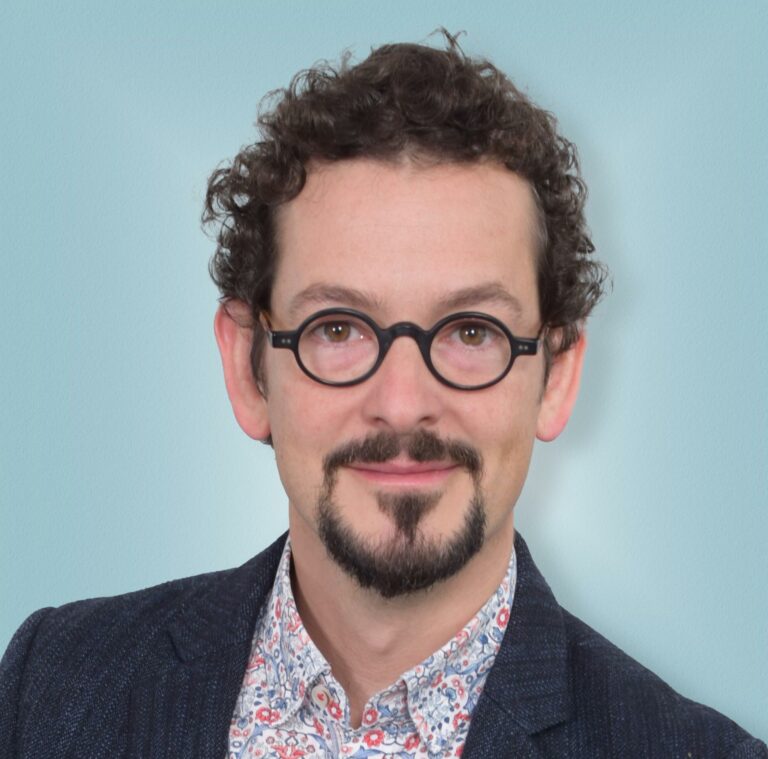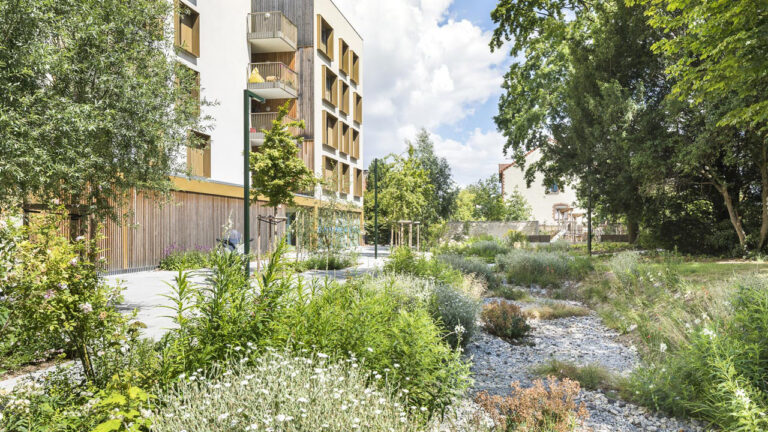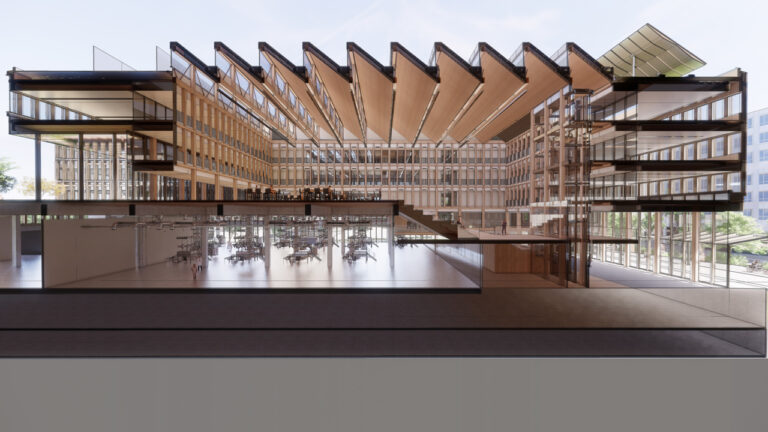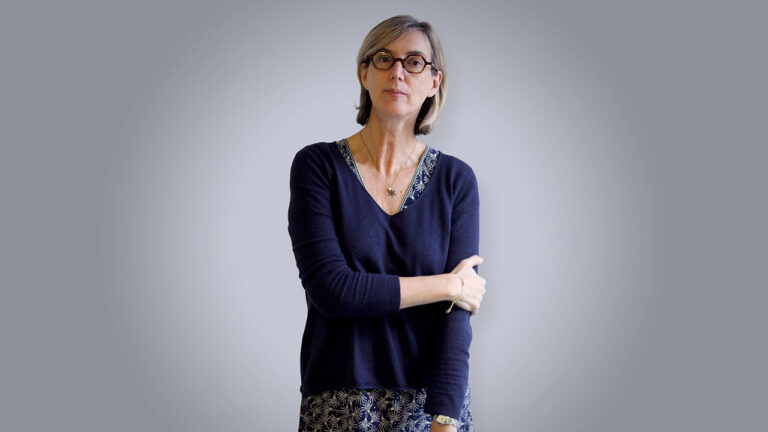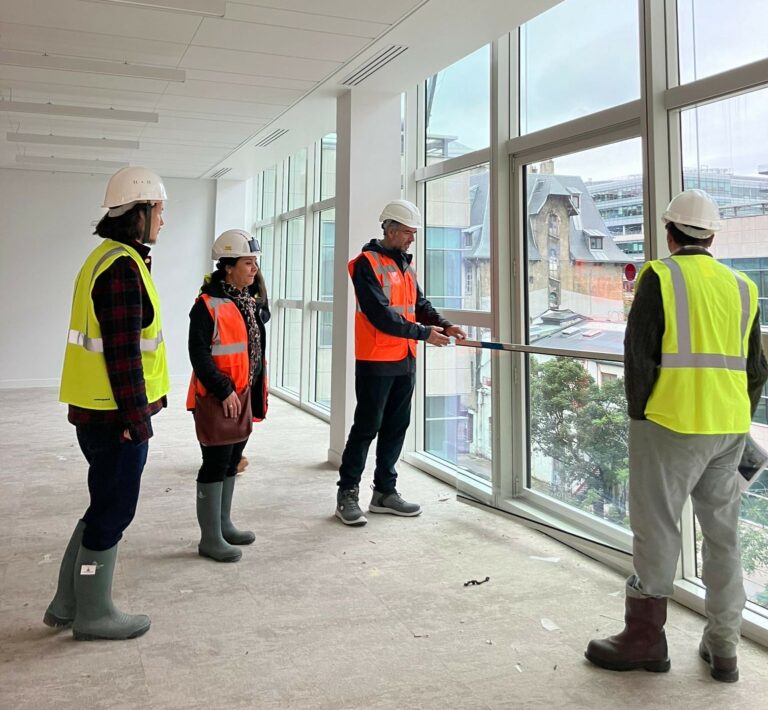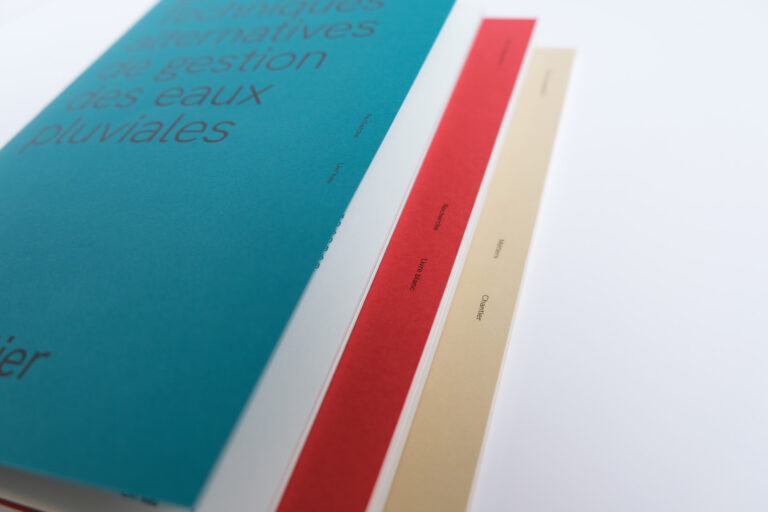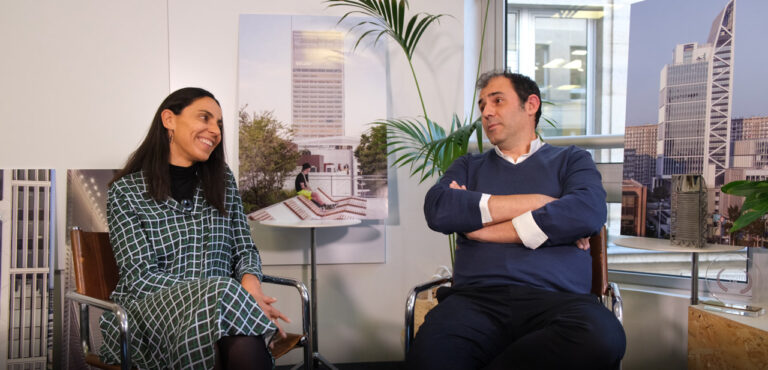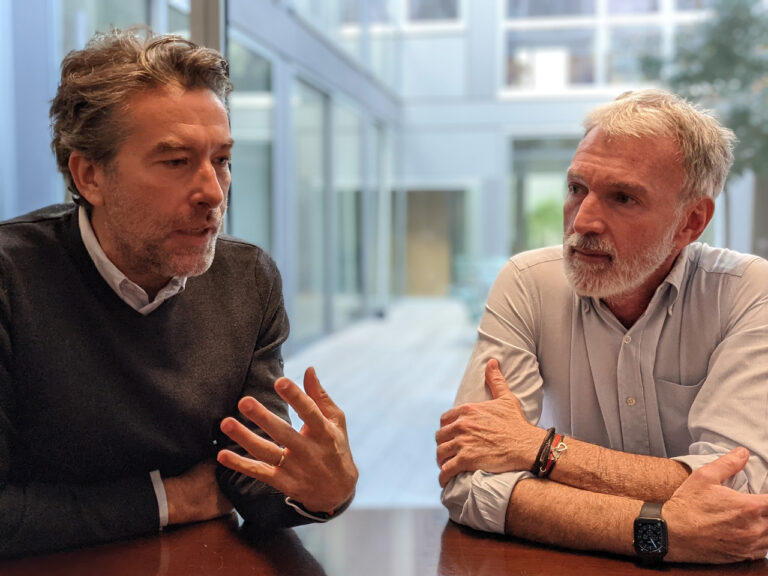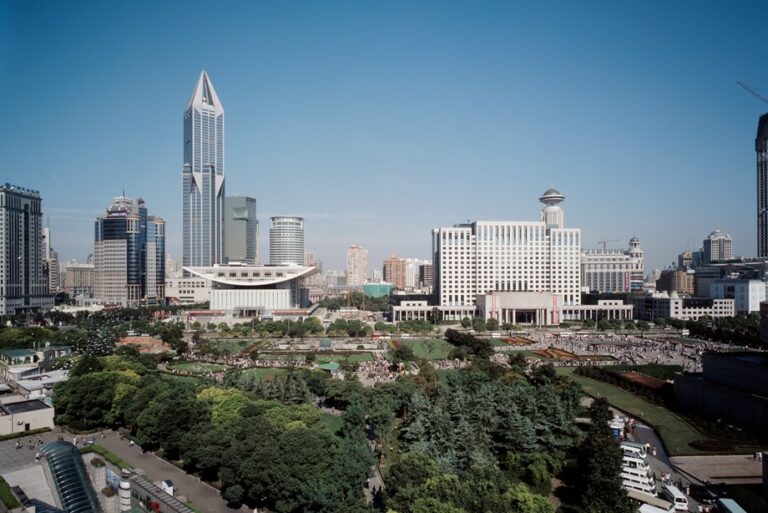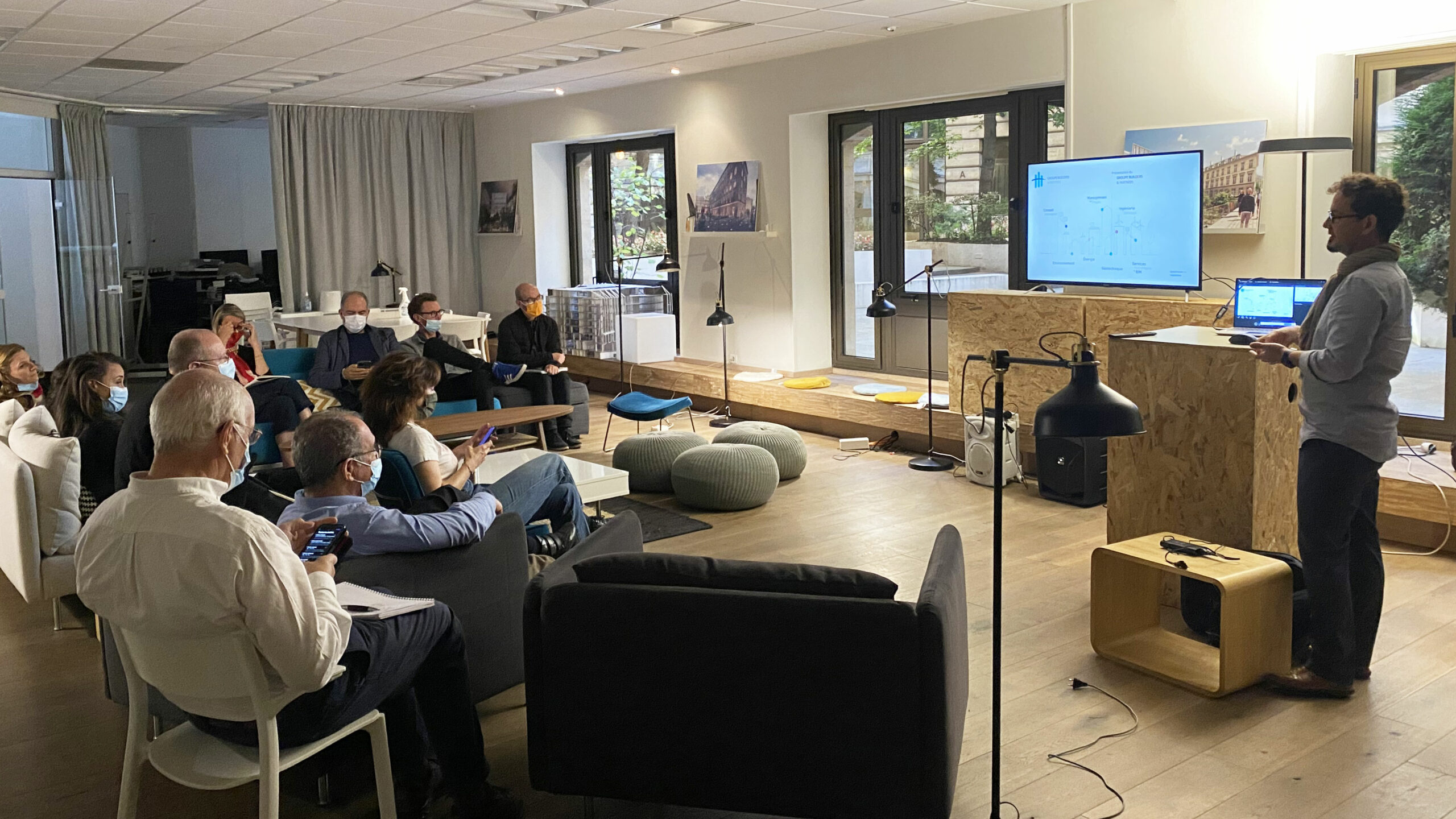
Luc Delestrade is an engineer who specialises in energy systems, a graduate of the Ecole des Mines in Nantes. After 10 years of experience in Canada, he returned to France in 2011.
Over the course of his almost 20-year career, Luc has worked in the UK wind power industry, as R&D manager for a heat pump start-up, and as a sustainable design expert in Vancouver for Olympic projects, in Canada and internationally (Dubai, Philippines…). In 2008, he created Difference Energy to accompany architects and engineers in the first LEED certifications in Canada.
Attracted by the intellectual stimulation afforded by climate adaptation, architectural culture and usage, Luc joined IES, a Scottish company, a leader in the development of tools for energy analysis and comfort, as the head of economic development in Europe. Since January 2020, Luc has been working for Builders&Partners, part of the Vertical Sea Group, as Energy Director, in order to make use of his vision and expertise in a transversal way.
The collaboration between Luc Delestrade and Arte Charpentier began on one of the 14 markets currently under construction in Benin, as part of the search for the best technical, thermal and acoustic comfort solution, which was adapted to the Beninese markets. Luc subsequently carried out architectural and urban support work at the GMK commercial centre in Cotonou, conducting studies to optimise natural ventilation and heat island management near the commercial centre.
Over the course of these collaborations, a constructive and stimulating exchange has developed, combining architecture, energy and comfort. Topics have included feasibility studies, low-carbon, re-employment working groups and R&D issues on urban heat islands.
Given his sensitivity to climate issues, we wanted to get his perspective on the COP 26 in Glasgow.
Arte Charpentier: Before going any further, can you explain what a COP is?
The COP (Conference of Parties) is organised by the United Nations Climate Organisation. The twenty-sixth meeting was held in Glasgow from November 1st-13th, 2021. It was the major event in recent times on climate issues.
There has been a broad spectrum of reactions, ranging from disappointment about agreements that are not sufficiently binding, to satisfaction on behalf of certain lobbies or climate-sceptics…
The first COP was held in Berlin in 1995, but the first one to mark the establishment of national policy amongst the signatory countries was the Kyoto COP in 1997, whose protocol was ratified by 182 out of 192 countries. Canada and the United States, amongst others, have never ratified it. The Kyoto Protocol aimed to reduce greenhouse gas (GHG) emissions by 5.2% between 2008 and 2012, compared to 1990 levels.
In France, the signing of the Protocol resulted in the application of Decree No. 2005-295 on March 22nd, 2005. The GHGs include CO2, methane, N2O, HFCs and PFCs. Subsequent COPs focused on adjusting the Kyoto Protocol to make it realistic and applicable.
In 2009, the Copenhagen COP concluded with an expression of the will to limit global warming to 2°C, without setting binding targets…
The second major COP took place in Paris in 2015. It culminated in the Paris Agreements, whose text sets the objective of limiting global warming to less than 2°C, with a target of 1.5°C. The agreement had to be validated by the parliaments of the participating countries in order to be applicable from 2020. The COP provided for an increase in the budget of the Green Climate Fund, with a baseline of 100 billion dollars per year; a new baseline will be set in 2025. One of the objectives of the text is the reorientation of the global economy towards a low-carbon model, which implies a gradual abandonment of fossil fuels.
It was in this context of global cooperation that COP 26 opened in Glasgow.
Arte Charpentier: In this context, what are the commitments made at COP 26 in Glasgow, which was held last month?
For some, the COP 26 was essentially a large trade show with a visible presence of lobbyists associated with fossil fuel companies, who were more numerous than the national representatives. Some claim that this summit was used to establish a global trade policy position, with, for example, the absence of China.
When it comes to announcements and commitments, carbon was at the centre of speeches and intentions. In particular, the assertion in the framework of the Paris agreements of the 2050 carbon neutrality target – 2060 for China, which is responsible for 28% of global CO2 emissions, and 2070 for India, which is responsible for 7%.
Obviously, the question is whether commitments involving two generations are plausible and can have concrete effects, or whether these are just empty promises…
The COP agreements also address the global solution, which is paramount. That is to say, financing aid for developing countries, for whom carbon neutrality means abandoning coal, and therefore large investments and higher costs.
We may be disappointed by these commitments, but the COP at least has the merit of being a global forum where an international and universal dialogue can be held, foremost in order to establish the necessary financial solidarity for the achievement of common objectives in the fight against global warming.
Arte Charpentier: You say that the COP works, and that as far as you are concerned, it remains relevant?
As I have just said, it is legitimate to be disappointed by the lack of agreements on strong measures, with binding commitments; and therefore to be surprised by my comments. Just as there is also the question of the relevance of the COP, especially with the mass presence of lobbies…. Imagine a WHO symposium with representatives of manufacturers of cigarettes, alcohol and chemical fertilisers…
Stefan Aykut, a professor at the University of Hamburg, has provided an objective clarification and perspective about the COPs and their usefulness. “The COPs are only a recording chamber, a sounding board for the debates of the world. Because of their structure, they cannot be at the forefront of the debates… They remain the only place where developing countries, small islands or civil society can continue to have a significant voice, even if they do not get their way.” And just for this universality, the transparency of the debates, the sharing of concerns, the demand for standards, these summits are important; we should not ask too much of them.
Arte Charpentier: But what next?
The next steps will be played out on multiple levels. The changes will come from the people; if the younger generation is consistent in its discourse and acts in relation to the concern it expresses about the environmental state of the planet, then I believe that hope is possible.
Government action will emerge from the local commitment of people to their health (to the global impact of changes in biodiversity, climate, etc.). But we must wish them unprecedented political courage in the face of the lobbies, the short-sighted, 5-year economic perspectives…
Future COPs will be there to validate, accompany and “not bury the subject”.
In parallel with this rising democratic will, we can also see a slow evolution of the economy towards a consideration of CSR issues that needs to be emphasised. In our sector, it is appropriate to encourage an emerging but quite powerful movement in which both project management and investors are committing to more ethical buildings; many understand that financial margins can sometimes be reduced, to the extent that good projects can create value on a triple scale: environmental, societal and economic.
And with all due respect to Saint Thomas, even though it is currently difficult to quantify them, societal and environmental values are increasingly being taken into account, sought after and highlighted in the realisation of projects ….
Since I am naturally both sarcastic and optimistic, I am convinced that the future can be brilliant. Time is of the essence, but if men and women learn to be humble about their position with respect to nature and humanity, “tomorrow’s present” can be balanced, tolerant and healthy.
